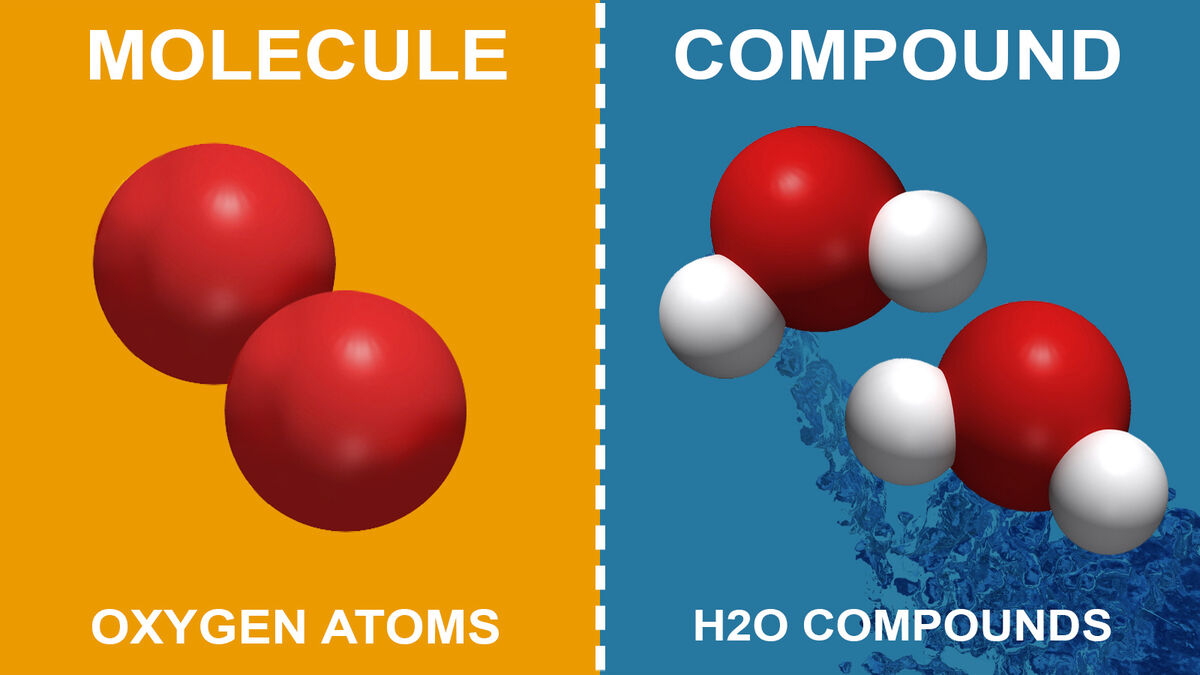
In the realm of chemistry, understanding the classification of substances is paramount. Comprehending which compounds qualify as Arrhenius bases introduces students and enthusiasts to an essential part of acid-base theory. This discussion not only delineates the characteristics of Arrhenius bases but also illuminates their significance in both theoretical and practical domains of chemistry.
The Arrhenius definition, proposed by Svante Arrhenius in the late 19th century, denotes an acid as a substance that increases the concentration of hydrogen ions (H+) in aqueous solution, while an Arrhenius base is characterized by its ability to elevate hydroxide ion (OH–) concentration in water. This dichotomy sets the foundation for our exploration of what constitutes an Arrhenius base.
To identify an Arrhenius base, one must first recognize its distinctive features. Most notably, these compounds, when dissolved in water, dissociate to yield hydroxide ions. Common examples include sodium hydroxide (NaOH), potassium hydroxide (KOH), and calcium hydroxide (Ca(OH)2). Each of these bases demonstrates the hallmark dissociation in water, serving as a prime illustration of the Arrhenius criterion in action.
However, the investigation of Arrhenius bases extends beyond mere identification. Consider the wider implications of these compounds in chemical reactions and everyday life. For instance, sodium hydroxide, often referred to as lye, is a ubiquitous component in various industrial processes, including soap manufacturing and food processing. The versatility and utility of Arrhenius bases underscore the profound impact these compounds hold in both scientific and practical realms.
Moving deeper into the intricacies of Arrhenius bases, one may encounter the concept of dissociation equilibria. When an Arrhenius base dissolves in water, the process can be theorized as an equilibrium between the undissociated base and the ions produced. The formation of hydroxide ions contributes to the pH level—a measure that indicates the acidity or basicity of a solution. Thus, Arrhenius bases play a vital role in controlling environmental pH, a crucial factor in many biological and ecological systems.
The fascination with Arrhenius bases extends into their behavioral nuances when interacting with acids. The classical neutralization reaction, wherein an Arrhenius base reacts with an Arrhenius acid to produce water and a salt, exemplifies the balance that these substances can achieve. This process not only underscores the reactivity of Arrhenius bases but also their role in synergetic chemical equilibria—a concept central to both theoretical and applied chemistry.
Moreover, the study of Arrhenius bases invites inquiry into advanced classifications of bases. As chemistry evolves, the limitations of the Arrhenius definition become apparent. The Lewis definition, for instance, transcends the aqueous confines of the Arrhenius theory by encompassing a broader spectrum of acid-base interactions. This evolution prompts critical discussions about the nature of reactivity and the multifaceted character of chemical compounds. Indeed, this transition from Arrhenius to Lewis can be seen as a microcosm of the ever-changing landscape of chemical understanding.
It is essential to appreciate the contextual significance of Arrhenius bases historically. The introduction of the Arrhenius theory in the late 19th century heralded a pivotal moment in chemistry, transitioning from early concepts of acids and bases that were largely qualitative to a systematic, quantitative framework. In this light, the exploration of Arrhenius bases reveals not just a category of compounds, but rather a lens through which the diverse and complex world of chemical interactions can be viewed.
Examining the implications of Arrhenius bases in various fields illustrates their extensive prevalence. In biological systems, for instance, maintaining homeostasis often necessitates the careful regulation of pH levels, in which Arrhenius bases can play a crucial role. The interaction of these bases with acids within physiological contexts demonstrates the intricate balance that sustains life through biochemical reactions. Similarly, in environmental science, the role of hydroxide ions in neutralizing acidic pollutants offers a practical application that underscores the significance of chemistry in addressing contemporary challenges.
Students and budding scientists may wonder about the practical testing of an Arrhenius base. Numerous methods exist to identify the presence of hydroxide ions in a solution. Utilizing pH indicators, one can observe visible colorimetric changes that correspond to varying pH levels, effectively allowing for the determination of basicity. Advanced analytical techniques, such as titrations, provide further precision in quantifying the concentration of bases in solution, strongly asserting the relevance of Arrhenius bases in both laboratory and fieldwork.
In addition, the industrial relevance of Arrhenius bases cannot be overstated. Their functionality in manufacturing processes, waste treatment, and even consumer products reflects the fundamental role these compounds play in the economy. Businesses, ranging from food processing to pharmaceuticals, exploit the properties of Arrhenius bases to create products that cater not only to consumer demands but also to regulatory standards. Thus, from laboratory setups to large-scale manufacturing, the significance of Arrhenius bases permeates various sectors of modern life.
In summary, discovering which compounds classify as Arrhenius bases opens a portal into the complex world of chemical classifications. The distinguishing features, real-world applications, and deeper implications of these compounds frame a compelling narrative that intrigues both novices and experts. By understanding the fundamental role of Arrhenius bases, one can better appreciate the fundamental principles of chemistry that shape our world.
